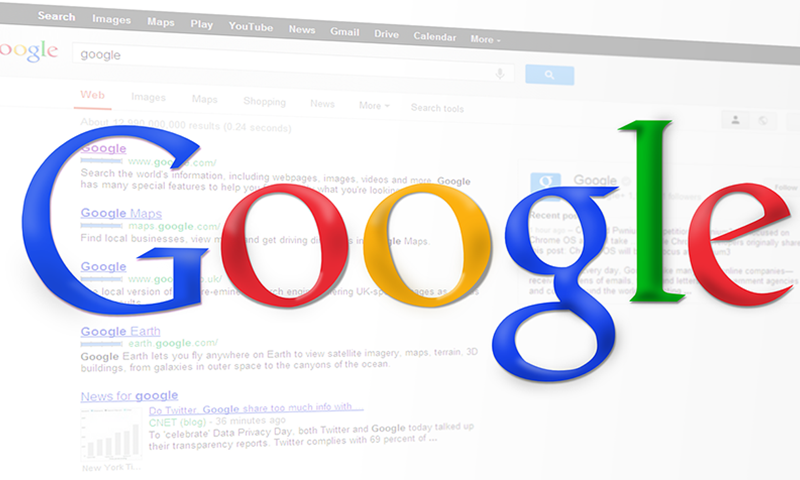Although meta titles and meta descriptions sound quite technical, simply put, they are just pieces of HTML code found in the header of a web page that tell internet search engines (like Google) and your customers what your website is about.
They are snippets of information that describe the content on each page of your website, providing the ‘title’ of the page and a summary of it, helping search engines understand it, and explaining how it relates to a user’s search query.
Meta titles and descriptions show whenever a page appears in search engine results, so when these small pieces of information are crafted well, they can act as clever calls to action or hooks in search engine results, drawing more customers into your website.
What Is a Meta Title?
Meta titles are a single line of text, summarising the content found on a page. They should be a short description of the linked page, containing relevant keywords and phrases.
The meta titles appear in search engine results pages, on tabs in your browser bar, when you bookmark the page, and on external sites such as Facebook or Twitter.
Search engines expect titles to be relevant and describe what a page is about, so titles must be accurate. If not, Google may choose to show a different title instead, which would create an unpleasant user experience for the customer.
Like a title on a book or other document, meta titles need to be short because there is a maximum pixel length for page titles. However, when people talk about the length of meta titles, a maximum character length is usually specified instead.
Most experts recommend that meta titles are a minimum of 30 characters and a maximum of 60 characters. Any longer, and they will become truncated in Google’s search results.
Writing meta titles is sometimes considered a bit of an art form, but generally, there are a few basic tips to keep in mind:
- The title must be relevant to the content found on the specific page
- Important keywords and phrases should be at the front of the meta titles to catch the customers attention
- Use compelling language to entice visitors to click to find out more
- Where possible, include your brand name, but focus on the key message of the page first
- Write naturally and avoid keyword stuffing
What Is a Meta Description?
While meta titles are short and very limited in terms of the information you can convey, meta descriptions give you a bit more space to outline the content you will find when you click on the link to the page in a search engine’s results page.
Meta descriptions are short summaries of a page, where you have an opportunity to tell users what you are offering and give them a compelling reason to visit your page.
Lazily written meta descriptions or ones lacking critical information can result in users overlooking a website and clicking on a competitor as they scan through a list of search results. So meta descriptions must be a sharp, accurate, concise summary of the page, with a clear call to action.
As with meta titles, the length is important when it comes to meta descriptions. The recommend minimum character length is 70, and the recommended maximum character length is 120.
Note: This year, Google reduced the meta description length down from 320 characters.
When it comes to writing meta descriptions, here are some simple tips to keep in mind:
- Make sure you have unique meta descriptions for each page on your website
- Use relevant keywords and make sure what is described is what the searcher will get
- Provide just enough information to make the customer curious enough to click to find out more
- Include a call to action telling potential customers what to do and what is in it for them
Conclusion
Meta titles and meta descriptions are vital in engaging customers and encouraging them to click through to your website.
You want your titles and descriptions to include relevant keywords and information, be appealing to customers, and have a strong call to action that encourages users to click through to your website.
These seemingly simple pieces of copy could be either the gateway to a warm lead or conversion or the barrier that sees a user scroll past and visit a competitor’s website instead. So, don’t ignore them, and ensure your meta titles and descriptions are set up to maximise traffic to your website.
We’re more than happy to help you write, edit (if your current meta descriptions are 320 characters), and update the meta titles and meta descriptions on your site – get in touch.
Want more from your website?
Get practical, easy to implement guidance and tips to accelerate your online performance with a personalised one on one phone consultation







 The Risks of Having An Out of Date Website
The Risks of Having An Out of Date Website
 How to Use Marketing Buyer Personas to Improve the Effectiveness of Your Website
How to Use Marketing Buyer Personas to Improve the Effectiveness of Your Website
 How Marketing Has Changed in 2021
How Marketing Has Changed in 2021